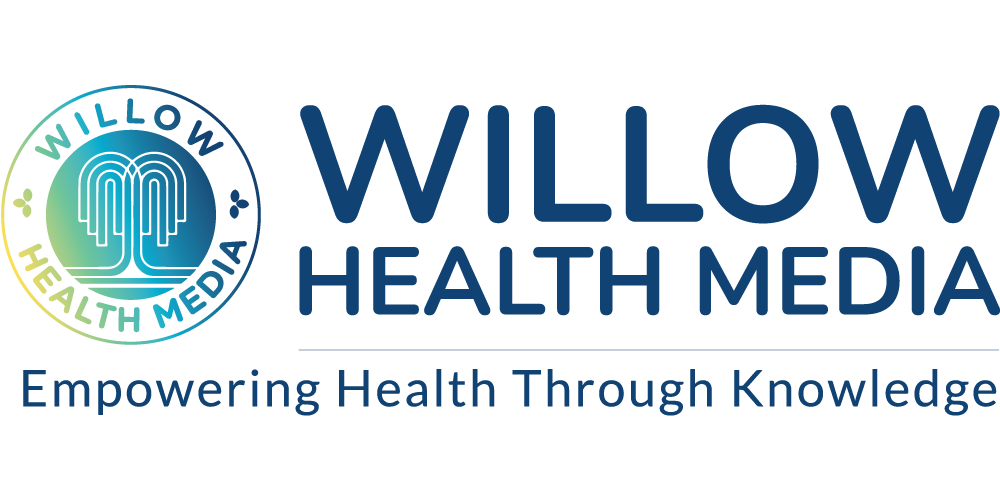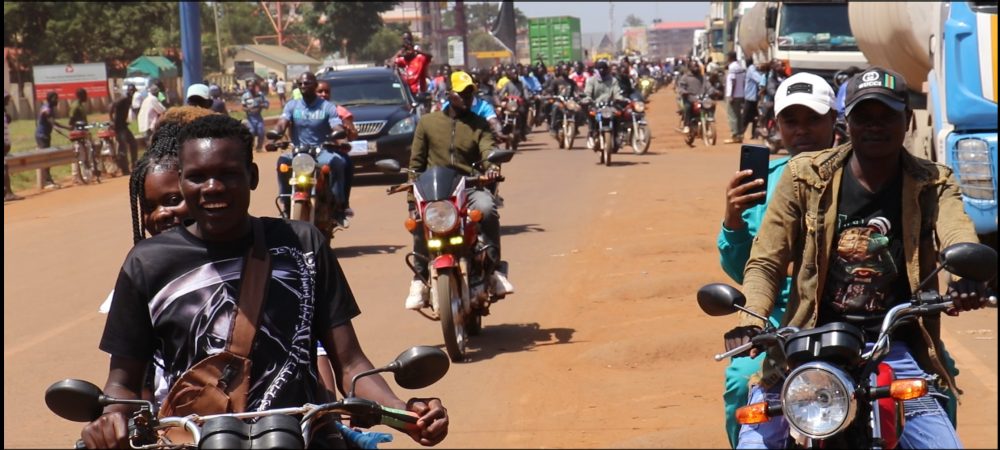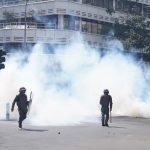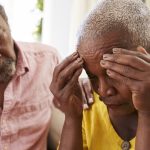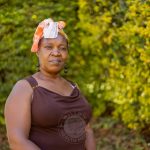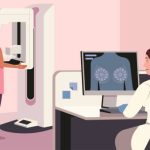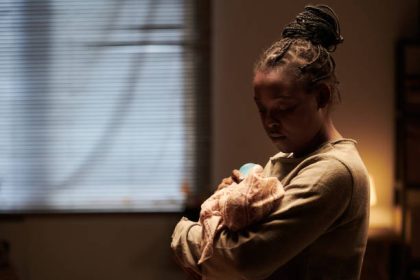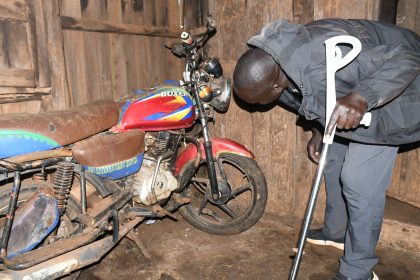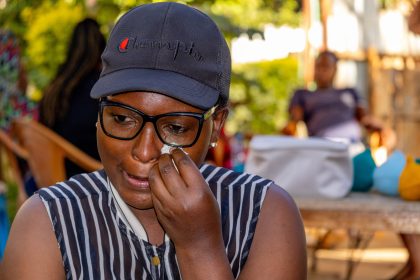Busia’s boda boda riders are the unsung heroes of maternal health- No sirens, just grit, racing against time through darkness, down dirt tracks ferrying women in labour
When labour pains strike in Busia County, mothers don’t call ambulances, they call boda bodas, With clinics far and roads rough, these motorcycle taxis have become lifelines for a million residents.
Rain or shine, day or night, riders race against time down dirt paths and across shaky bridges to deliver mothers, emergency cases and sick babies to care. When every minute counts, these riders arrive in remote villages when no one else can.
Shalin Anyango from Mabale remembers going into labour at 2am when “my husband was at work and not picking calls,” and a neighbor who’s a medic called Peter Juma, a boda rider “who got me to hospital safely; the same rider who took me to my antenatal clinics.”
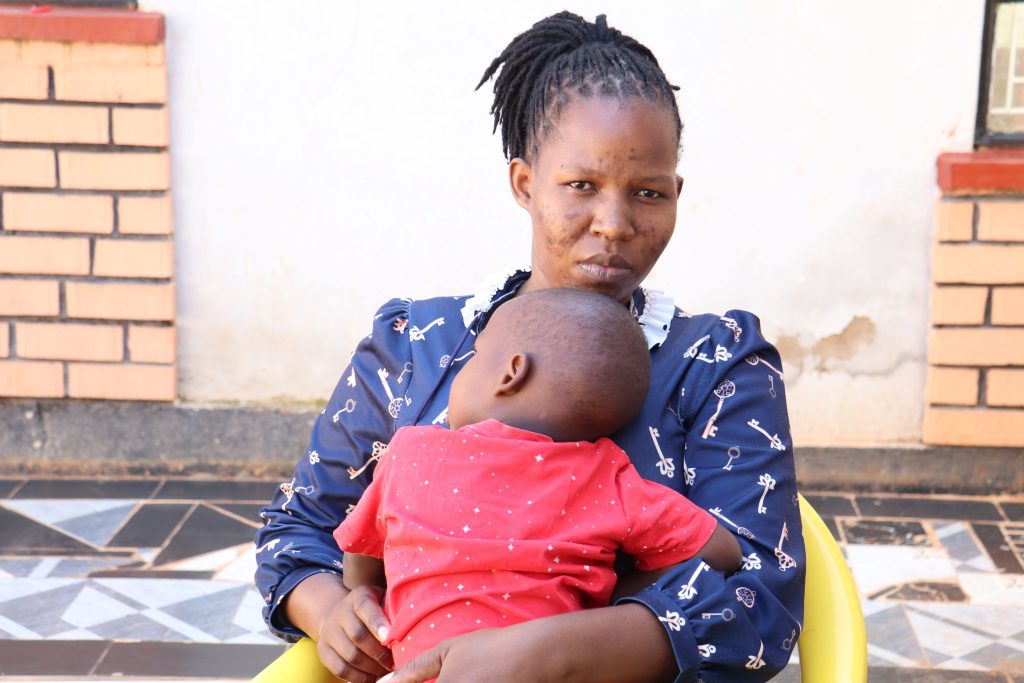
That call made all the difference and “I delivered my son – baby Ray who is now two years old without complications,” recalls Anyango.
For many women in rural Busia, boda bodas- quick, accessible, and affordable- have become lifelines during emergencies and fill the gap where ambulances are unavailable. “They have helped prevent maternal and newborn deaths,” says Anyango. “They also never ask for money right away.”
In Busia, many women go into labour alone because their husbands are out “hustling” along the Kenya-Uganda border
Juma, from Mayenje ward within Matayos Sub County told Willow Health that “I knew her (Anyango’s) condition, so I rushed her to the Busia County referral hospital…then I brought her back home in the morning.”
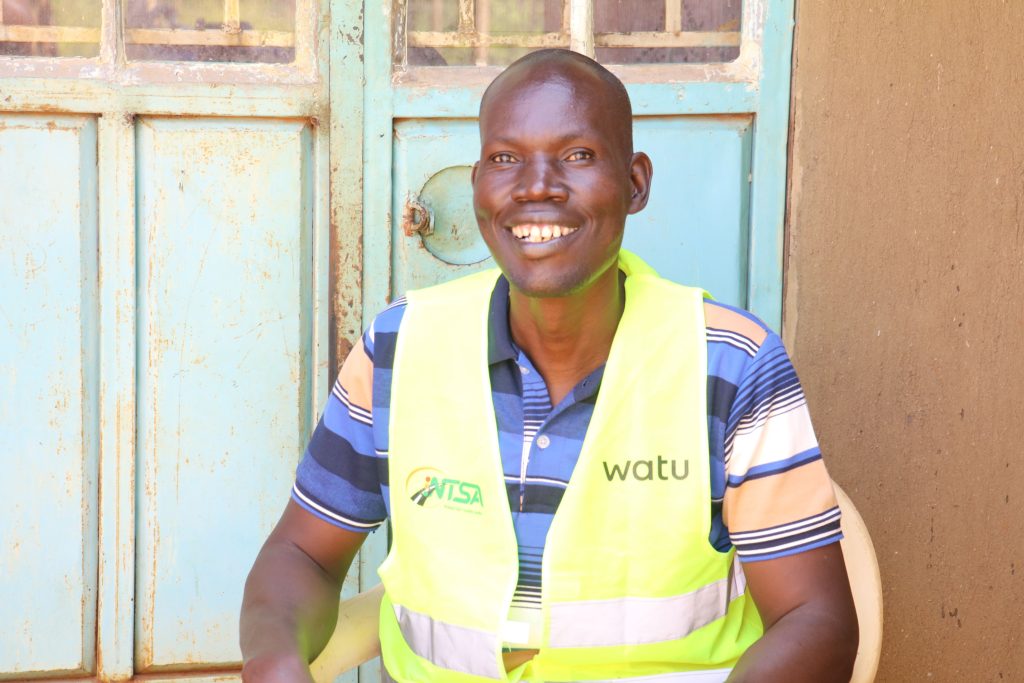
“Our job is to ensure no woman loses her life because there’s no ambulance. In Busia, many go into labour alone because their husbands are out hustling along the Kenya-Uganda border,” explains Juma.
He believes the impact has been significant. Still, Juma says more can be done including training on “emergency skills especially when a woman starts giving birth before reaching the hospital.”
A decade ago, Busia’s maternal healthcare trailed far behind Kenya’s average. Broken roads, no transport, poverty, and too few skilled midwives left mothers at risk, according to the 2014 Kenya Demographic and Health Survey (KDHS).
The report pointed out that rural mothers struggled to reach distant, understaffed clinics for prenatal care or safe deliveries. Today, county efforts and boda riders are transforming access to care.
According to the Kenya Demographic and Health Survey (KDHS) 2022, Busia nears national standards in maternal care, with 88 per cent of births assisted by skilled providers (against the national average at 89 per cent). While 71 per cent of mothers complete over four antenatal visits, fertility rates remain higher at 3.7 births per woman, against the national average of 3.4.
Postnatal care excels; 91 per cent of mothers and 92 per cent of newborns receive checkups within 48 hours. Childhood vaccination rates show steady progress, with 82 per cent of toddlers fully immunized, up from 80 per cent.
Mortality trends reveal mixed progress. Neonatal deaths hover at 22 per 1,000 births, infant mortality at 34, and under-5 deaths at 53- figures slightly higher than 2014 levels as per the KDHS 2014.
Without a formal referral system, the community operates informally with trust binding riders, CHPs and patients
At Siteko village, five-month-pregnant Zuhura Nambafu felt sharp back pains while alone at home. Alarmed, she called Mariam Mudimba, her trusted community health promoter. “I knew she would come,” Zuhura says. “She’s been with me through all my pregnancies.”
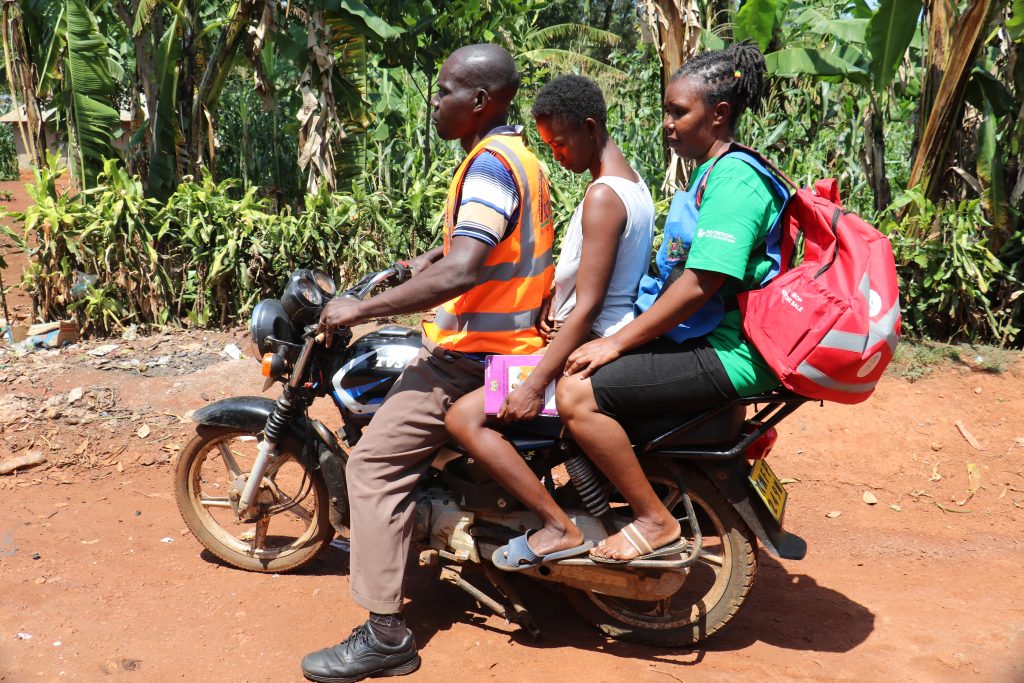
Mariam acted fast. “Her blood pressure was high enough to worry me,” she recalls. “I called our boda rider immediately.”
The familiar rumble of his motorcycle brought instant relief. “It’s like having a brother who’s always there,” Mariam says. She accompanied Zuhura to the hospital, knowing an ambulance could take ten hours.
“These riders save mothers,” Mariam explains. “For just KSh50 – sometimes free – they’ll rush you to care. An ambulance demands Ksh10,000 deposit and still delays.”
Zuhura gently touches her belly. “All my two children…the boda bodas have been there every step.”
Veronica Auma Makokha, a CHP in Buduluku, prepares mothers for birth with one rule: Identify a 24-Hour hospital and plan transport early. Her solution is the boda bodas.
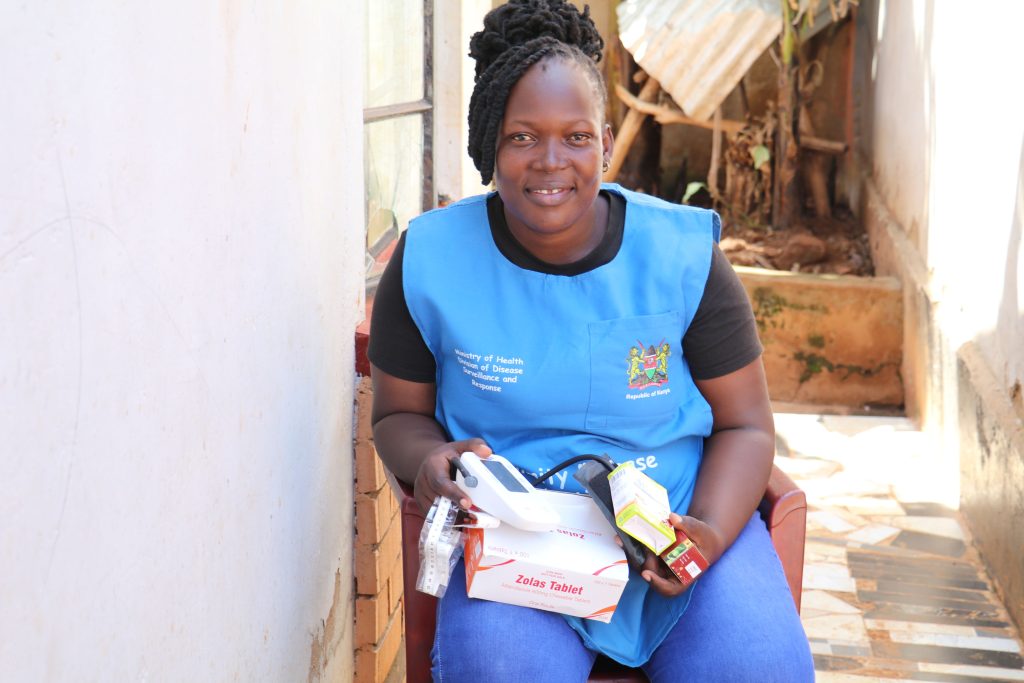
Veronica Auma Makokha – a CHP from Buduluku village in Butula Sub-county has spent five years walking door-to-door identifying pregnant women and helping them give birth safely. [Photo: Nathan Ochunge, WHM]
“They come night or day, paid or not,” says the woman who also treats minor ailments besides ensuring they register for Social Health Authority (SHA) and attend all antenatal clinics. Riders wait through deliveries, follow up and some mothers joke the bumps hasten labour.
Without a formal referral system, the community operates informally and effectively with trust binding riders, CHPs and patients. “They’ve saved lives,” she adds.
Boniface Okumu, the Boda Chairman for Busia, says the county has about 30,000 riders in over 600 stages whose network forms an essential part in “supporting the county’s referral system in maternal healthcare as the county hospital has only one ambulance.”
Okumu explains that while the past families used wheelbarrows or bicycles, today, “motorcycles have vastly improved emergency access and reduced reliance on traditional birth attendants. Riders also use social media to spread awareness and promote emergency fare reductions.”
Busia County has four gynaecologists, but accessibility remains a major concern for pregnant women in remote areas
“If a woman can’t pay, the rider calls me, and I give the go-ahead. Our office pays Ksh50 to Ksh150” says Okumu, noting, “Women support our industry, and we are giving back.”
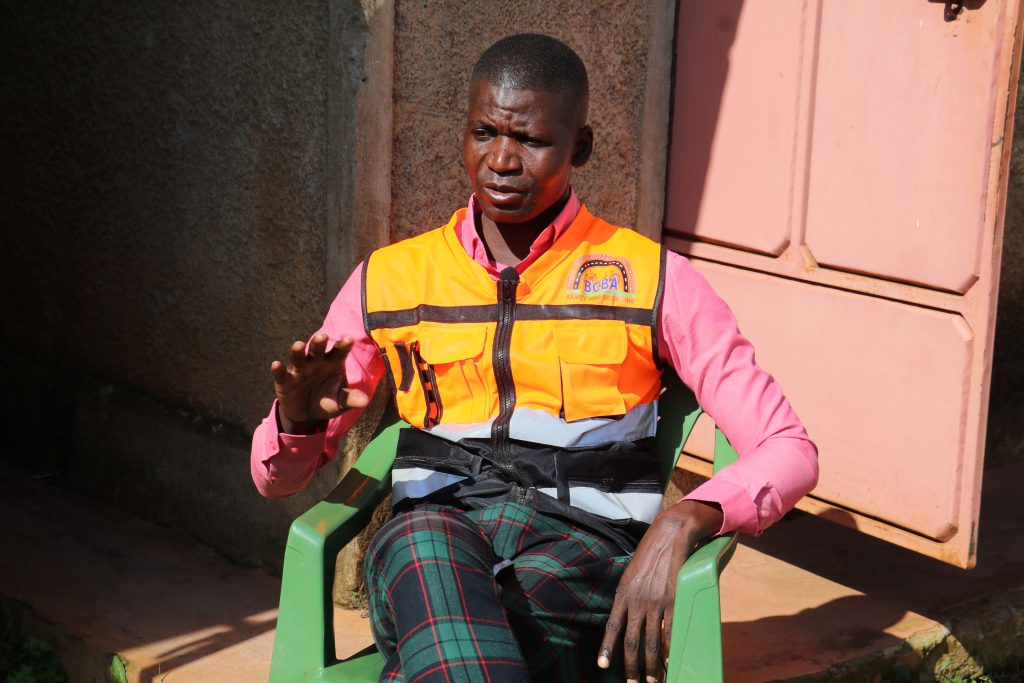
The Kenya Red Cross offers emergency training in childbirth and accident response.
“Just last month, a woman gave birth by the roadside while on her way to the hospital. Our rider with the help of the CHP helped her deliver and took her in for care in the hospital,” recounted Okumu, adding that the goal is to train all riders countywide.
Dr Wilberforce Lusamba, the Chief Officer for Medical Services and Universal Health Coverage in Busia says the county currently has four gynaecologists, but accessibility remains a major concern for pregnant women in remote areas.
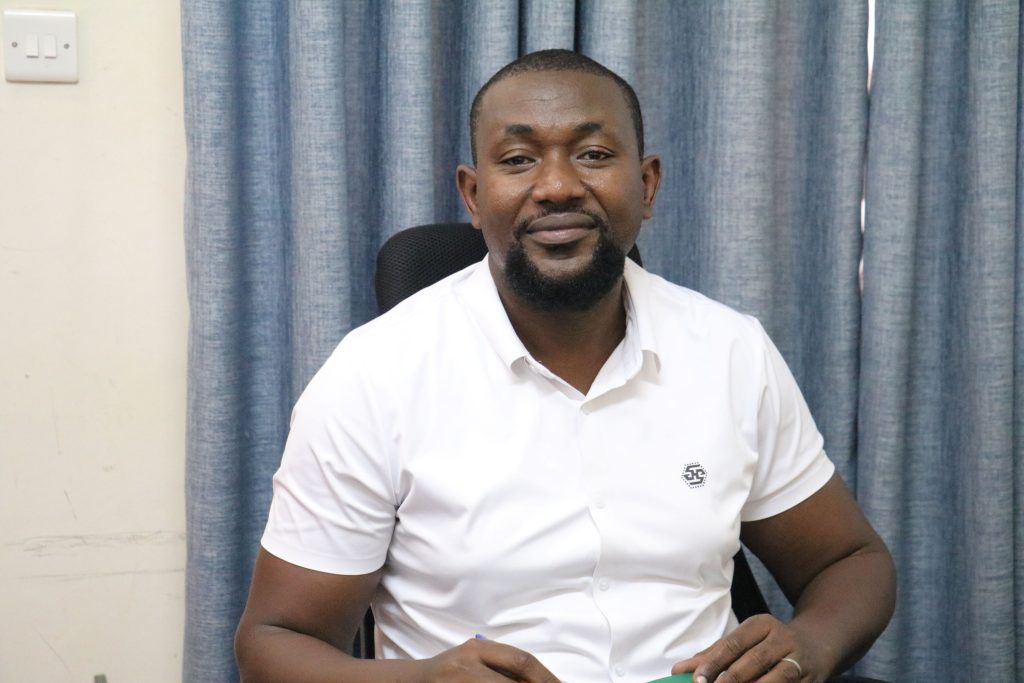
And though boda bodas play a vital role “we still advise community health promoters (CHPs) to call ambulances when necessary,” offers Dr Lusamba, adding that the county is working to train riders with “basic first aid training, and guidance on handling roadside deliveries in coordination with CHPs.”
While ambulance drivers are trained on handling maternal emergencies, budget limitations hinder efforts to fully equip CHPs and boda bodas.
Between 2014 and 2022, Kenya recorded significant improvements in key maternal and child health indicators, according to data from the Kenya Demographic and Health Surveys (KDHS).
Antenatal attendance climbed steadily from 58 per cent to 66 per cent of expectant mothers, with 61 per cent now receiving comprehensive “quality ANC” including vital screenings and immunizations. Facility-based births skyrocketed by 20 percentage points – from just 60 per cent to 80 per cent of all deliveries – reflecting growing confidence in institutional care.
Infant mortality rates were nearly halved (61 to 32 deaths per 1,000 live births), while under-five mortality achieved tremendous lows at 41 deaths per 1,000 (down from 90 in 1989). The national fertility rate, on the other hand, declined significantly from 3.9 to 3.4 children per woman.
